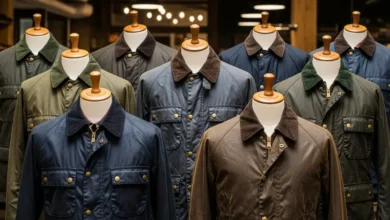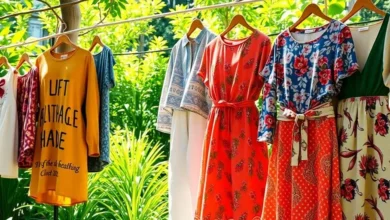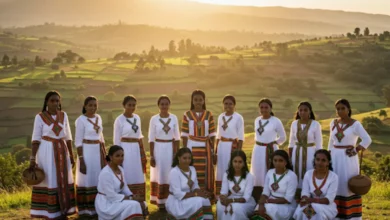Imagine a weaving tradition so deeply rooted in history, it’s been practiced for millennia, passed down through generations. This is the story of backstrap loom weaving in Mexico, a vibrant and enduring craft that continues to thrive in the modern era. This article delves into the fascinating world of this ancient art, exploring its techniques, cultural significance, and its role in contemporary life.
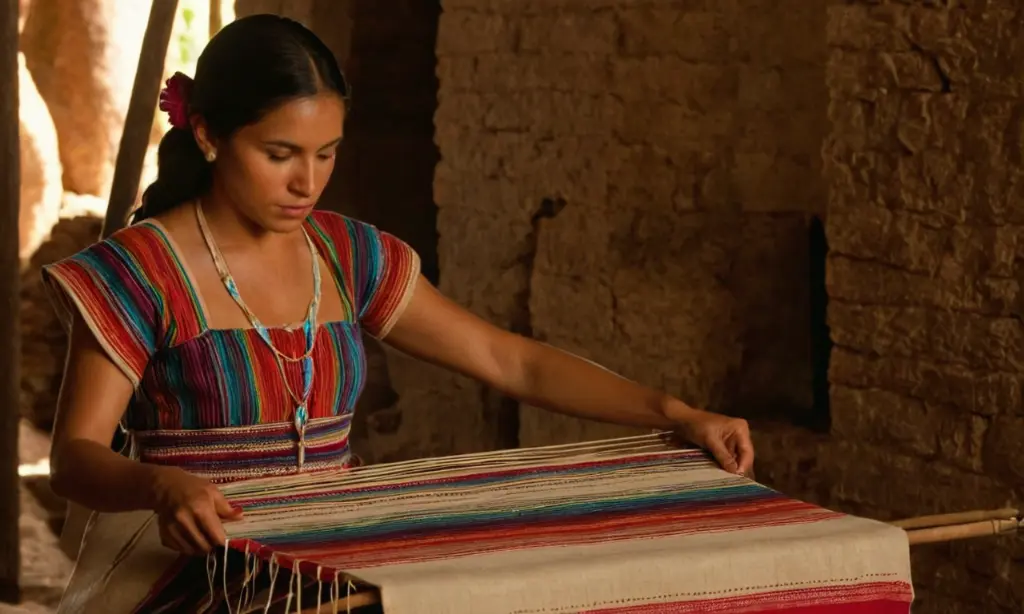
A Legacy Woven in Time: The History of Backstrap Loom Weaving
The origins of backstrap loom weaving are shrouded in the mists of time, predating the Spanish conquest of Mexico. Archaeological evidence suggests that this simple yet ingenious technology was used by pre-Columbian civilizations, including the Maya and the Aztecs. Unlike the larger floor looms common in other parts of the world, the backstrap loom is portable and lightweight, perfectly suited to the nomadic lifestyles of early Mesoamerican peoples.
Backstrap looms have remained remarkably consistent in design over the centuries. They consist of a few basic components: a warp bar that’s attached to a fixed point (often a tree or post), a heddle rod to separate the warp threads, a shed stick to create the space for the weft, and a tensioning strap that goes around the weaver’s lower back. The weaver controls the tension of the warp threads, making it a highly personal and intuitive process. This close connection to the loom is a core part of the tradition.
The weaving process is not just a means of creating textiles; it’s an integral part of cultural identity. The intricate designs and patterns often carry symbolic meaning, reflecting the history, cosmology, and beliefs of specific communities. Each textile, therefore, is more than just a piece of fabric; it’s a story woven in thread.
See alsoPreservation Through Generations
The knowledge of backstrap loom weaving is typically passed down within families, from mothers to daughters. This method ensures the continuity of the craft and its associated traditions. Often, young girls begin learning the basics at a very young age, gradually mastering the techniques and patterns over time. The teaching process is hands-on, with oral instruction playing a key role. This familial aspect of backstrap weaving contributes to its rich cultural value.
How a Backstrap Loom Works: Understanding the Basics
The seeming simplicity of a backstrap loom belies its sophistication. Let’s explore the basic mechanics to understand how the fabric is created.
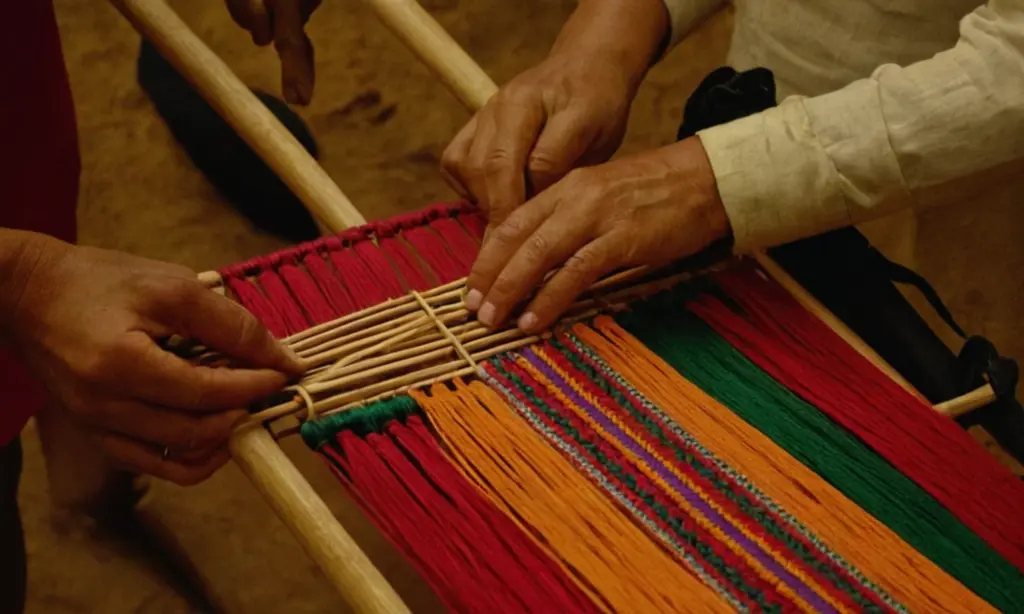
The process begins with preparing the warp. This involves carefully wrapping threads (usually cotton or wool) around a set distance to create the foundation of the fabric. These threads are then attached to the warp bar and the tensioning strap. The weaver then sits or kneels, creating tension with their body.
Next, the weaver uses the heddle rod to separate alternate warp threads, creating a “shed.” The weft thread, held in a shuttle, is then passed through this shed. The shed stick is used to create another shed by separating the other set of warp threads. With each pass of the weft, the fabric begins to take shape. The weaver continually adjusts the tension, maintaining consistent weave structure.
See also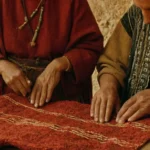 Berber Weavers of the Atlas: Preserving Morocco’s Ancient Textile Art
Berber Weavers of the Atlas: Preserving Morocco’s Ancient Textile ArtThe most remarkable aspect of backstrap loom weaving is that the tension and control are entirely manual. The weaver’s body movements – leaning back or forward, using their hands to manage the threads – all contribute to the weaving process. This makes each piece a unique reflection of the weaver’s skill and technique.
Key Components of the Backstrap Loom
- Warp Bar: The fixed end that anchors the warp threads.
- Heddle Rod: Used to separate alternate warp threads, creating a shed.
- Shed Stick: Used to open up another shed after the first pass of the weft.
- Tensioning Strap: Worn around the weaver’s back, providing tension.
- Weft Threads: The horizontal threads that interlace with the warp.
- Shuttle: A tool used to pass the weft threads through the shed
Textiles of Meaning: Patterns, Designs, and Cultural Significance
Backstrap loom weaving in Mexico is not just about creating fabric. The textiles produced are often imbued with cultural significance, serving a range of purposes from clothing and home textiles to ceremonial cloths and ritual objects. The patterns and designs used are not random but carry specific symbolic meanings, often reflecting the beliefs and worldviews of the indigenous communities.
For example, geometric patterns are common and often represent elements of the natural world, such as mountains, rivers, plants, and animals. Animals such as hummingbirds, snakes, and jaguars often appear in the designs. They are not merely aesthetic choices; they are symbols of power, protection, and spiritual connection.
Colors also play a significant role. Natural dyes, made from plants, insects, and minerals, are often used. Different colors are associated with various meanings and ceremonies. For instance, red might represent blood and life, while blue might symbolize water and the sky. The specific shades and combinations of colors reflect the heritage and identity of the community.
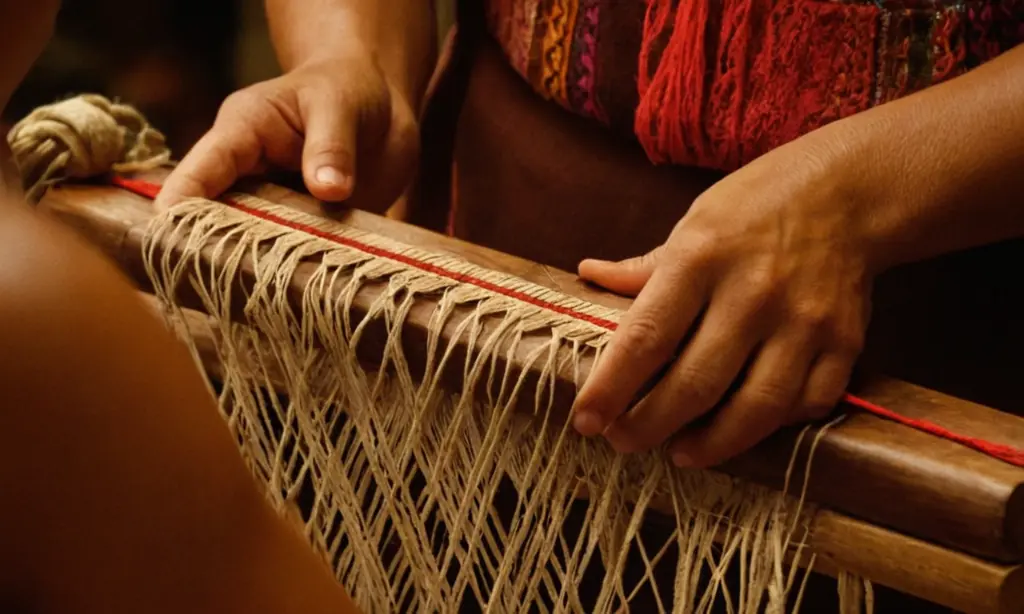
Examples of Symbolic Motifs
- Diamonds: Often represent the four cardinal points or the world itself.
- Waves: Symbolize water, life, and flow.
- Flowers and Plants: Represent fertility, abundance, and the natural world.
- Animals: Totems or symbols of protection.
The Colors of Tradition: Natural Dyes and Sustainable Practices
The vibrant colors seen in backstrap woven textiles are often the result of using natural dyes. For centuries, Mexican weavers have relied on locally sourced plants, insects, and minerals to create a spectrum of hues. This traditional method of dyeing is not only environmentally friendly but also adds to the unique character of each piece. Using natural dyes supports traditional practices, local ecosystems and reduces chemical contamination of local water supplies.
Common sources for natural dyes include:
- Indigo: Extracted from the indigo plant, yielding shades of blue.
- Cochineal: A small insect, producing deep reds and pinks.
- Annatto: The seed of the achiote tree, giving shades of yellow and orange.
- Logwood: From the logwood tree, producing black and dark purples.
- Various plants: Flowers, leaves, roots, and barks yield a wide array of colors depending on the species.
The process of making natural dyes is often labor-intensive and requires a deep understanding of the plants and their properties. It is another aspect of the weaving tradition that is passed down through families. This commitment to natural materials and sustainable practices highlights the intimate relationship between weavers and the environment.
Backstrap Loom Weaving in the Modern World: Challenges and Opportunities
Despite its rich history and cultural importance, backstrap loom weaving faces numerous challenges in the modern world. The rise of mass-produced textiles and the pressure of modern lifestyles have led to a decline in the number of people who practice this craft. Economic pressures and a lack of recognition for indigenous crafts make it harder for weavers to make a livelihood from their skills.
However, there is also a growing movement to preserve and promote this ancient art. Many individuals and organizations are working to support backstrap weavers by:
- Direct Trade: Connecting weavers directly with consumers, ensuring they receive fair prices for their work.
- Training and Education: Providing workshops and educational programs to ensure that skills and knowledge are passed down to future generations.
- Promoting Cultural Awareness: Raising public awareness about the cultural significance and artistic value of backstrap loom weaving.
- Collaborations: Designers and artists working with weavers to create contemporary products that can compete in modern markets.
There is a growing global interest in handmade textiles and sustainable practices. This creates an opportunity for backstrap loom weaving to not only survive but thrive in the modern era. By combining traditional techniques with contemporary design ideas, weavers are finding ways to make their work relevant and appealing to a wider audience. This helps preserve the cultural heritage and provides a source of income for the community.
Experiencing Backstrap Loom Weaving: A Journey into Textile Heritage
For those interested in experiencing the world of backstrap loom weaving, there are opportunities to connect directly with communities who practice it. Many workshops and cultural tours are offered which allow visitors to learn about the craft firsthand. It’s a unique opportunity to see the process in action and understand the intricate art from the very individuals who dedicate their lives to keeping it alive.
Many organizations support responsible tourism, which helps provide income and recognition to the communities. Such experiences not only promote a deeper understanding of the tradition, but also play a vital role in helping the communities thrive.
Benefits of Experiencing Backstrap Loom Weaving
- Cultural immersion: Gain an appreciation for a rich cultural heritage.
- Learning a new skill: Hands-on workshops teach basic weaving techniques.
- Direct community connection: Meet the weavers and understand the importance of their work.
- Supporting ethical practices: Purchasing hand-crafted textiles directly helps the community.
Conclusion: The Enduring Thread of Backstrap Loom Weaving
Backstrap loom weaving is more than just a craft; it’s a living tradition that embodies the history, culture, and artistry of Mexican indigenous communities. Its persistence through time is a testament to the skill and determination of the weavers who continue to uphold this ancient art.
As we move into the future, supporting these traditions is paramount. It not only enriches our understanding of textile arts, but also helps to safeguard a valuable piece of cultural heritage for generations to come. The beautiful textiles that come off the backstrap loom serve as a powerful reminder of our human connection to the past and the beauty that can be created when traditional skills are honored.
By learning about, purchasing, and advocating for backstrap loom weaving, we can all contribute to ensuring that the beautiful thread of this ancient art continues to weave its way through the modern era.

